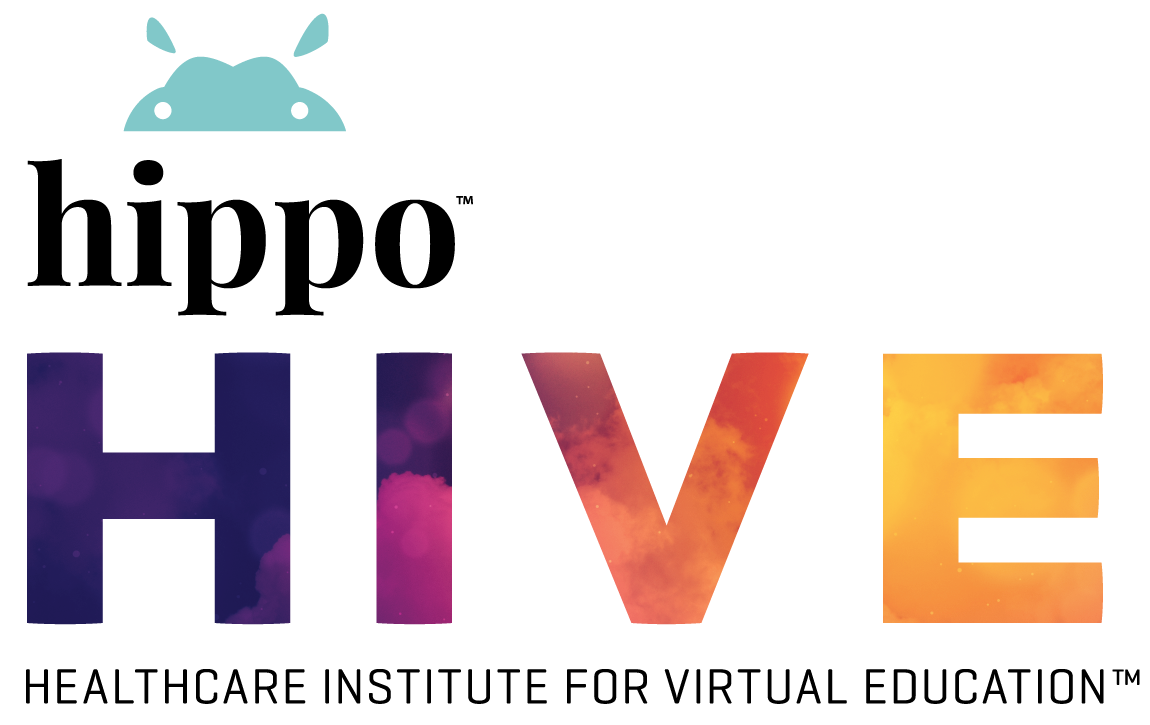by Bill Siwicki
Health inequity is the result of the behavior of people. It is not the result of anything natural. It involves structural inequalities in the delivery of care – inequalities that are avoidable.
Trying to correct health inequity is part of the job for Toni Land, head of clinical healthcare experience at Medallia, a patient and customer experience management company.
“Prioritizing health equity is key to the future of healthcare, because there is a significant opportunity for healthcare providers to improve and dismantle inequalities and help people be their best selves,” Land believes.
We interviewed her to talk about why she believes this is so, the relationship between telehealth and health equity, and how a hybrid future for telemedicine is important.
Q. Why do you believe prioritizing health equity is the key to the future of healthcare after the pandemic ends?
A. Providing resources and access to healthcare based on patient feedback and how they are able to engage with healthcare resources ultimately will allow the system to correlate equity and efficiency.
By offering equitable healthcare, health systems can become more efficient overall.
Q. Please explain how, as healthcare teeters between the comfort and flexibility of telehealth and the physical engagements and interactions of in-office visits, the issue of health equity is rising?
A. The door to telehealth has finally been opened, and I don’t think it will ever return to its original state. Now comes the challenge of finding the right balance. Where are the best places and spaces to use telehealth in lieu of, or as a supplement to, a clinician visit? The good news is that it doesn’t have to be an all-or-none.
At a recent conference, a patient on a panel was thankful for the use of telehealth platforms during the pandemic, as it helped him to continue therapy. His concern was achieving a balance of human encounters and virtual encounters. He wanted to make sure we are keeping the human in healthcare. It reminds me of the Beryl Institute philosophy of “humans taking care of humans.”
Additionally, telehealth has the ability to increase access to care, especially in rural areas where there often are increased wait times and limited clinician services.
By allowing patients to engage with healthcare providers in their preferred method, there is an opportunity to more actively and intentionally engage patients, families and team members in health practices and disease-targeted telehealth sessions.
As healthcare providers continue to navigate and find ways to improve the telehealth experience, we have to be intentional about bringing all voices to the table. This feedback will be important to elevating patient engagement and engaging them in a way that produces positive outcomes.
Q. Although the flexibility of telehealth is great for some, for others, for a variety of reasons, this simply is not an option. Please talk about the hybrid care future as you see it, and why you feel the future of healthcare lies in focusing on how patients would like to receive their care, providing them with experiences they are looking for across digital and physical landscapes.
A. Technological equity – “techequity” – is a complex issue that encompasses disparities in access to and uses of powerful learning tools because of differences in socioeconomic status, gender, ability level, racial and ethnic identification, geographic location, and handicapping condition.
This techequity challenge impacts access to healthcare and access to telehealth. Broadband has been identified as one of many social determinants of health. The ability for communities to have broadband, and broadband at a speed that supports telehealth platforms, can help improve health outcomes.
More than 14 million urban homes and nearly four million rural homes have no broadband. People of color make up 75% of the unconnected population in urban counties.
This represents challenges to providing telehealth services to those who would prefer this method of engagement. Many of these unconnected communities have additional social determinants, including limited access to transportation to engage in physical visits.
In order to create impactful experiences, healthcare providers have to employ equitable listening. Equitable listening is the process of receiving, understanding and responding in a way that is fair, impartial and representative of those you serve.
Foundational to operationalizing this concept is opening multiple modes of feedback – one-way and two-way SMS, email, digital, and mail are a few examples. This philosophy will be the same with telehealth, one size will not fit all. Healthcare providers will need options to meet the needs of the communities they serve.
